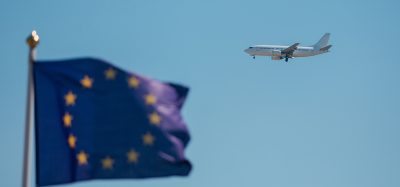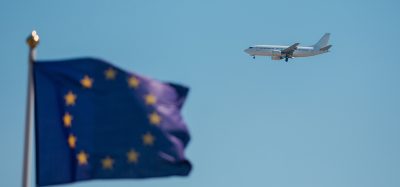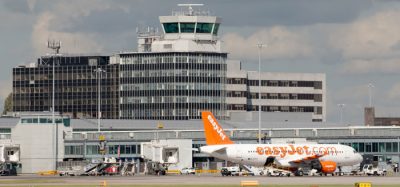Airspace management improvements saved 200,000 tonnes of CO2
- Like
- Digg
- Del
- Tumblr
- VKontakte
- Buffer
- Love This
- Odnoklassniki
- Meneame
- Blogger
- Amazon
- Yahoo Mail
- Gmail
- AOL
- Newsvine
- HackerNews
- Evernote
- MySpace
- Mail.ru
- Viadeo
- Line
- Comments
- Yummly
- SMS
- Viber
- Telegram
- Subscribe
- Skype
- Facebook Messenger
- Kakao
- LiveJournal
- Yammer
- Edgar
- Fintel
- Mix
- Instapaper
- Copy Link
Posted: 26 June 2018 | International Airport Review | No comments yet
The reduction equates to more than £30m in enabled annual fuel savings for airlines in the last year and an overall cut of 6.4 per cent in CO2 per flight since 2008, something that equates to 1.5m tonnes of carbon dioxide each year.


GETTING GREENER: Reducing emissions is one of the main challenges facing the aviation sector
More than 200,000 tonnes of aircraft CO2 emission were saved last year as a result of airspace management improvements, according to the latest figures released by air traffic service, NATS.
The improvements, according to NATS, are the result of finding better, more fuel and carbon efficient ways of using UK airspace, including the use of more direct routes and improved vertical profiles, the use of continuous instead of stepped climbs and descents, and the introduction of new air traffic management technologies.
More than 30 procedural changes were introduced over the past year in an effort to find better and more efficient routes for airlines in the upper airspace, while new and improved technology has also played a major role. Last year, upgrades to the GAATS+ system that controllers at NATS’ Prestwick Control centre use to manage transatlantic traffic accounted for 147,160 tonnes of CO2 savings by allowing aircraft to fly more efficient routes across the ocean.
Getting more environmental data into the hands of operational employees has also been a priority, and last year NATS began sharing data with individual teams of controllers, using the principles of ‘nudge theory’ to allow them to compare performance and share ideas for improvements.
Ian Jopson, NATS Head of Environment and Community Affairs, said: “It’s now been a decade since our environmental programme was launched and driven by the passion and enthusiasm of our employees we have achieved some ambitious improvements in how our airspace is managed. These are delivering big benefits both to our airline customers and the wider environment.
“As our airspace gets busier we will continue to work with our airport partners and local communities to help address issues around noise, and to deliver the major airspace modernisation programme the UK needs to meet our future capacity and sustainability aspirations.”
The results form part of the wider NATS’ Collectively responsible report that catalogues the air traffic services’, community, charity efforts and good business practices over the last year, as well as its work on airspace efficiency.
Related topics
Air traffic control/management (ATC/ATM), Emissions, Sustainability


















